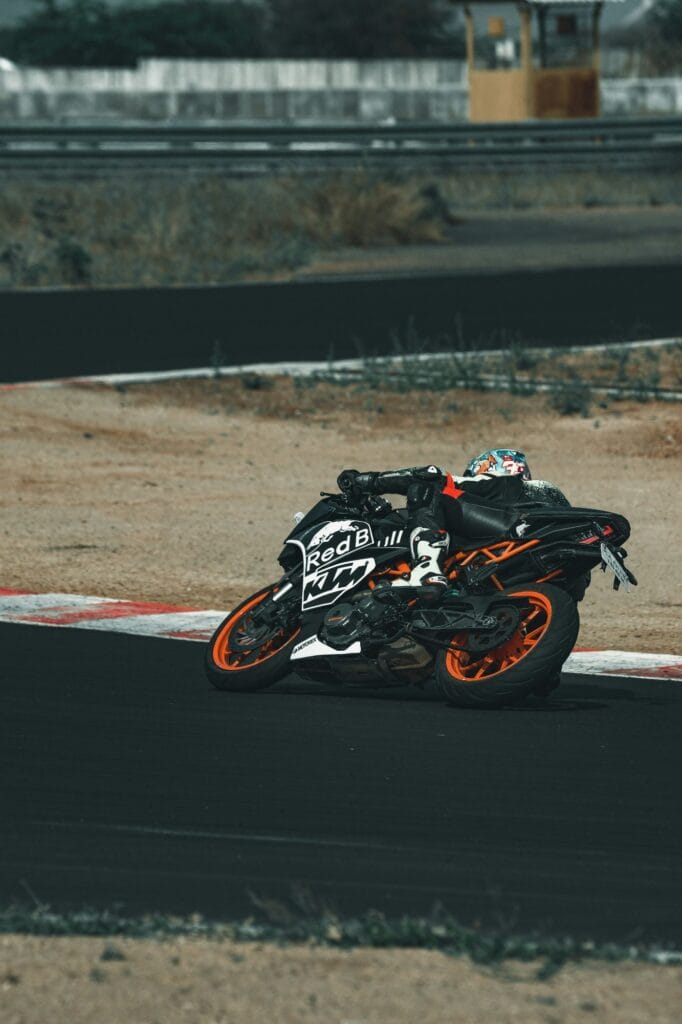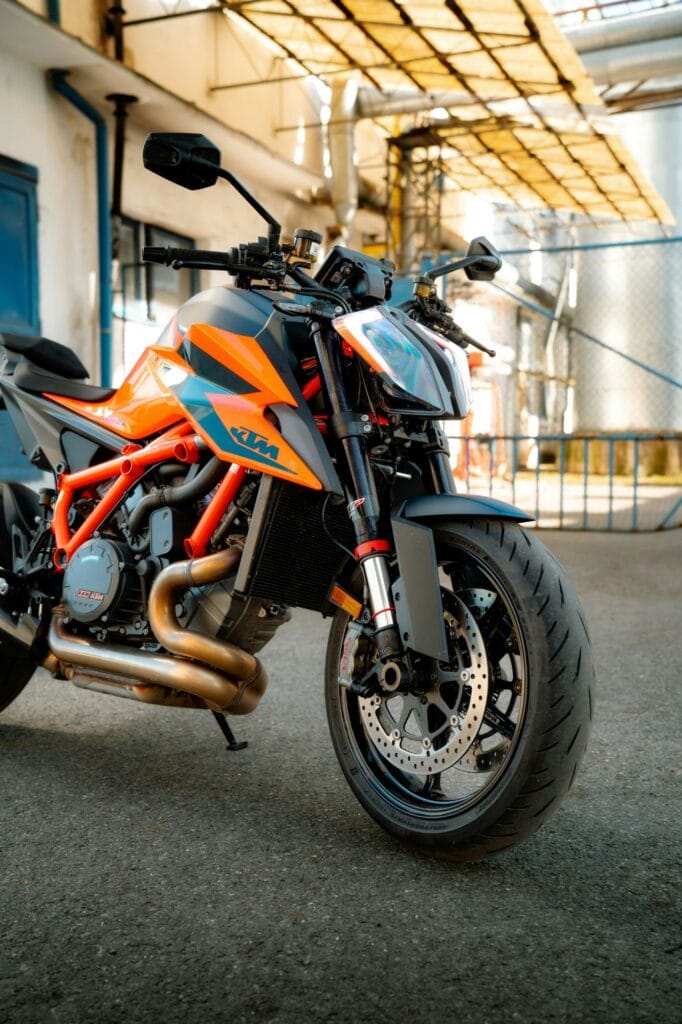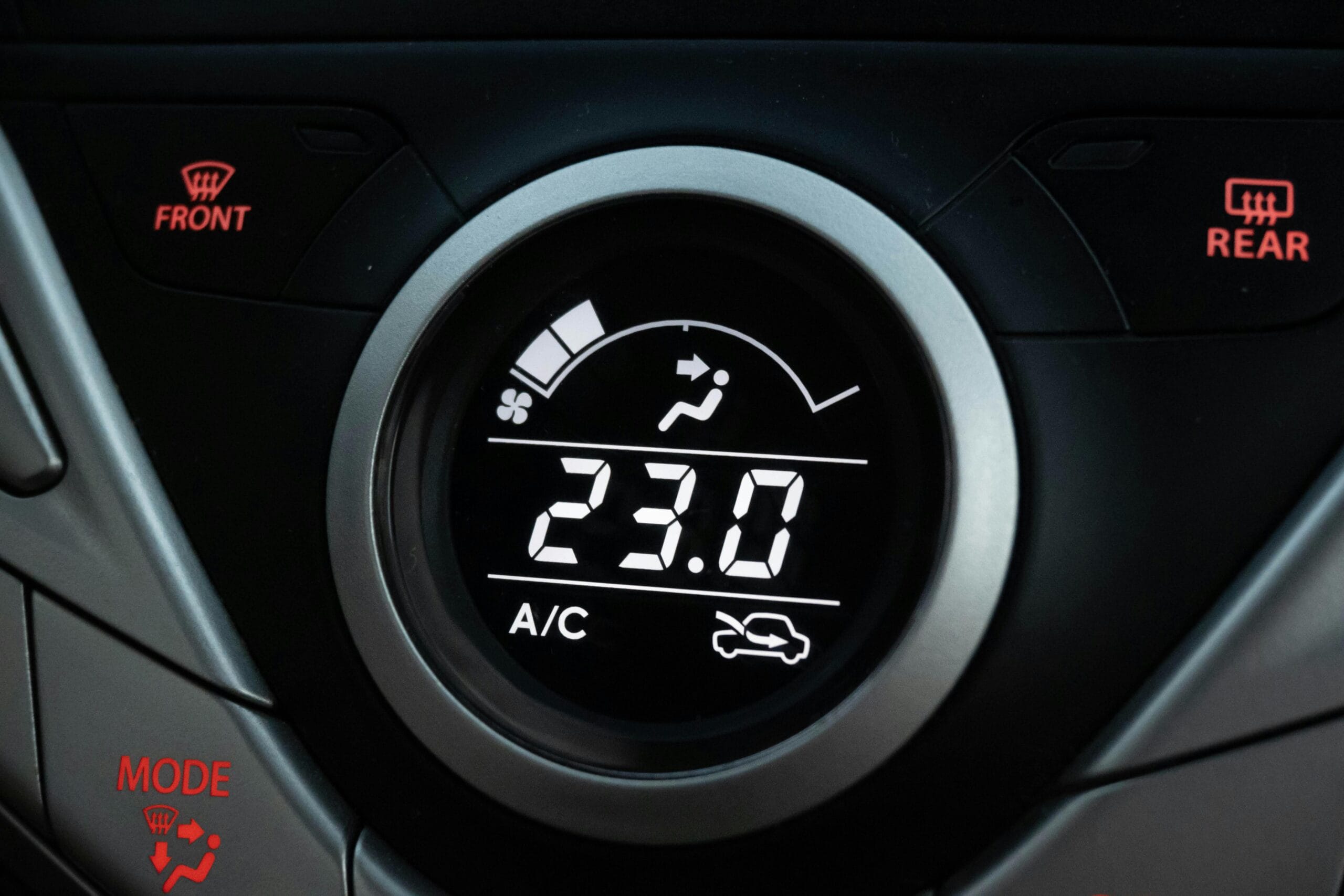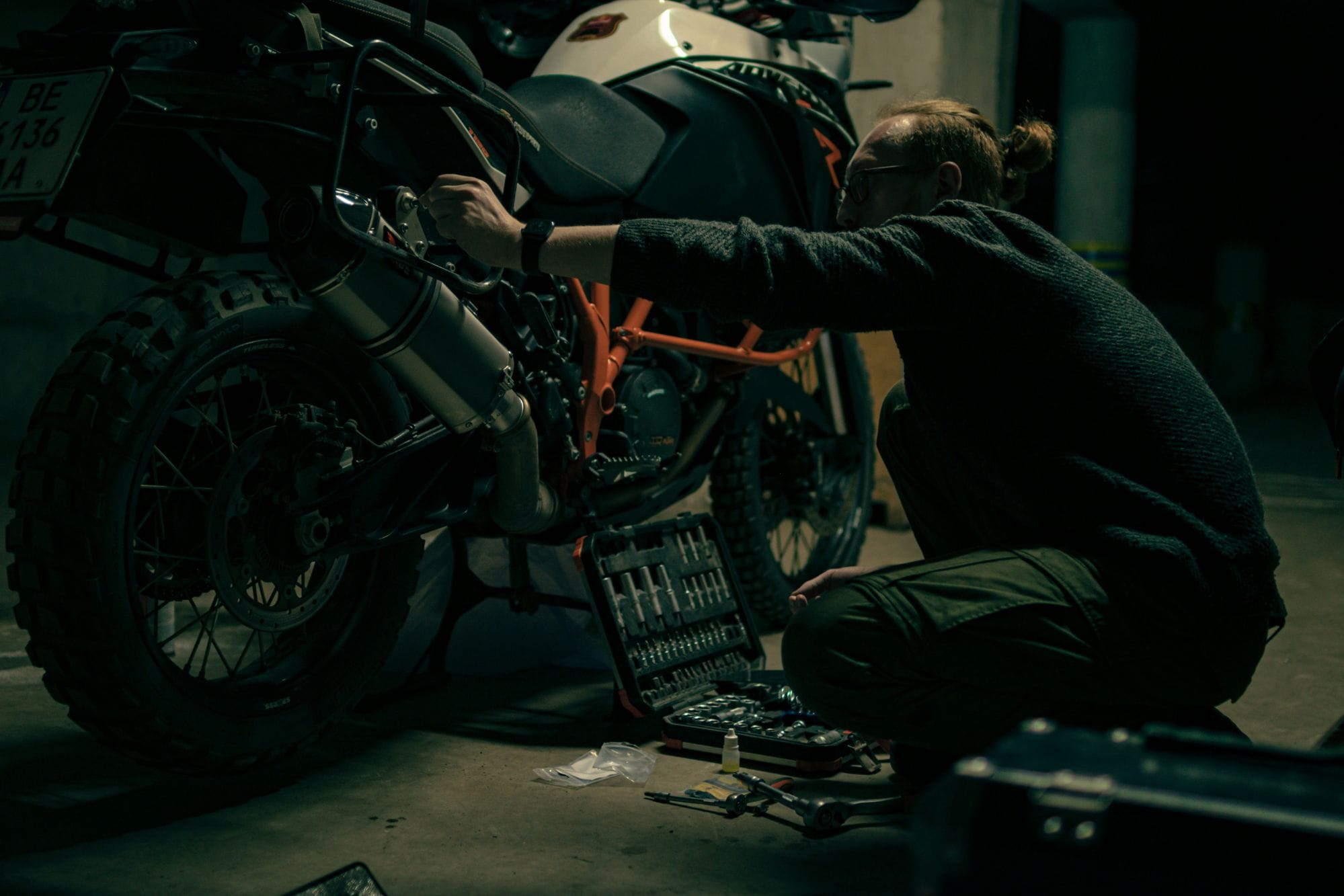KTM is well known international brand that sells superbikes in Europe and with the help of partnership of some local two-wheeler brands in Asia and Central American countries.

But this legendry brand is facing critical problems in its business under KTM ag and peirer group in Austria.
KTM is an Austrian motorcycle company which was started in 1934 as a bike repairing garage for dtw bikes and selling opal cars by Hans Trunkenpolz with his team.
Hans named his repairing garage Kraftfahrzeug Trunkenpolz Mattighofen which was formed as KTM later. Ktm launched their first motorcycle in 1953 and since then they shifted to manufacturing motorcycles only and brand was popular as a racing motorcycles in European countries in its initial days.
If you are planning to buy any ktm product then you must go through this article to prevent any blunder mistake or this can be positively save your hug money to grab their offers

KTM In India
Ktm launched in india in 2012 with the partnership with well known Indian 2 wheeler manufacturers Bajaj. Bajaj acquired 14% shares in KTM in 2007 in their partnership to launched ktm bikes in india and after 1 year of their first launch in india Bajaj decided to aquire 47.97% shares in 2013.
With this move Bajaj became almost half owner of ktm bikes in india.
This business deal was done for mutual growth for both companies, as Bajaj was looking for entering bigger displacement bikes market from their successful pulser series bikes. On the other hands ktm was seeking to enter in entery level premium bikes category in Asian market.
This business move was proved a historical step for both companies and their business strategies made ktm bikes very affordable products for Indian customers and these smaller cc bikes were also getting export to Asian and Europen countries.
There was a boom in Indian premium bikes industry and customers show their interest in buying these easy to maintain bikes in comparison to mid segment bikes.
Few years prior, Bajaj swiped their shares with KTM’s parent company peirer group in 2020 and now Indian company Bajaj is owner of 51% shares.
Where it went wrong
Recently there were some changes in every business after post lockdown, where almost every manufacturing business were facing low sale due to some complications.
Where other businesses gained their old pace after some time but it was not case with ktm.
Ktm also faced these issues of low demand in their bikes but company didn’t make any change in their production and they kept manufacturing same amount of bikes instead of reducing their production
Which resulted in stocking their products in huge numbers.
Automobile industry is very low margin industry where it’s harmful to hold the capital in their inventory instead of having cash to operate their production which resulting in borrowing loan from lenders to pay employes wages and manufacturing new inventory.
But this is not affecting Indian unit of KTM as there’s a impressive sales figure in Indian market. So there is a balanced production in Indian manufacturing plants.
Recently ktm india has announced 18k inr on its flagship bike duke 390 and there are possibilities of announcement of more discounts of other bikes as well.
Mismanagement leading this brand towards bankruptcy
This legendry brand is facing critical condition in business due to mismanagement and misconception in the business strategies. Which resulting in loosing this well established brand forever if any other brand doesn’t come to support ktm within 90 days before, ktm declares itself bankrupt due to not return investors money
What went wrong with ktm
Its poor decision making made this brand a failure, as well as poor demand and supply ratio

Over production
Ktm was doing well until pre covid, they were having balanced inventory to deliver bikes to showroom and customers were having almost zero waiting period on the bikes.
Where other automobile companies controlled their manufacturing during covid to avoid stocking their godown with bikes due to pandemic crisis, ktm didn’t slow down their production.
Purchasing of less demanding motorcycle brands
The second big mistake of ktm was to acquire those loss making motorcycle brands which were either in debt or they were not in demand. Brands like mv Agusta, husqvarna, gasgas, husaberg were bought on bank loans. Which used to be a part of bmw earlier.
Neglecting the customers demand
Where ktm was doing great in lower cc bikes across the world after the partnership with Bajaj since 2007. Still brand focused on supermoto bigger displacement bikes

Owners of duke 790 and 890 faced lots of issues which became negative points for brand’s trustworthiness. Customers were blamed to not maintain bike properly where later it came to know that it was due to fault mechanical engineering.
On the other hand, ktm never showed its interest in launching bigger displacement bikes in india where ltm has big share of its sales. Indian costumers never got their hands on 1290 super duke, adventure 1290 duke 890,690 etc. Ktm brought only 790 in Indian market but this bike was discontinued shortly after its launch in india.
Possible survival of ktm from its foreign partners
As ktm entered in Indian automobile market after having partnership with Bajaj with 40% of acquired shares which is 48% currently. Due to Bajaj marketing strategies ktm had big success in Indian market and later they exported small cc bikes out to European, central American and Asian countries.

Ktm also has a partnership with CF-MOTO in China currently which is selling 300 cc bikes in most of Asian companies
It is possible that these both companies might save the ktm from bankruptcy by providing their help.
It is always there with failed automobile companies that these companies are always saved by other automobile companies or different business groups show their interest in saving these dying automobile companies.
On the other hands some investors have shown their interest in lending approximately 700 millions euros investment to the KTM business. Which will be saving step for this legendry company to keep operating their business worldwide.







2 Comments